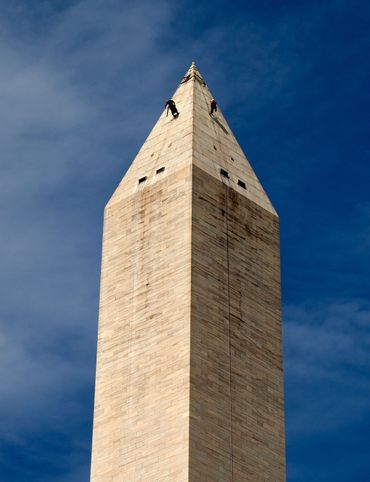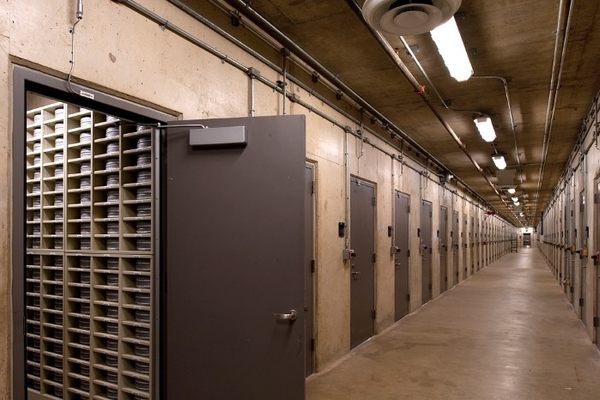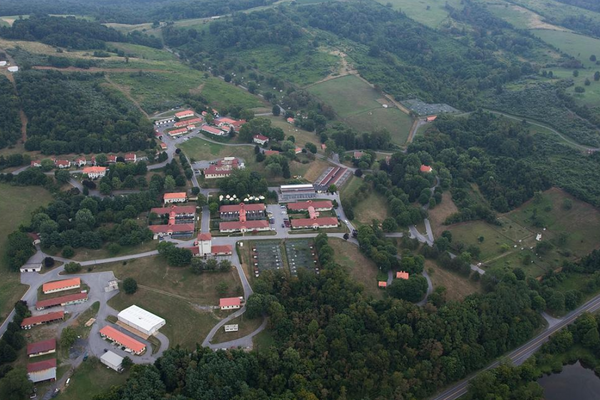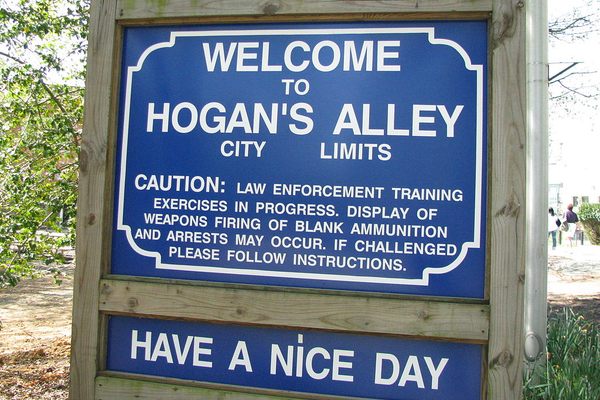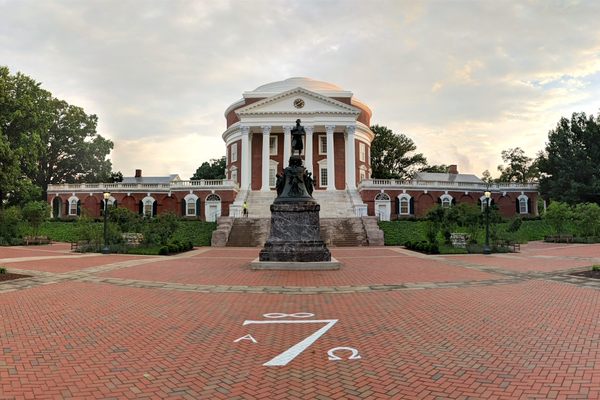50 States of Wonder
8 Places in Virginia That Aren’t What They Seem
They say that Virginia is for lovers. If you love a little mystery, then they’re definitely right. With its mountain ranges, deep forests, and proximity to the nation’s capital, the state is filled with unusual corners and overlapping histories. From a Cold War bunker turned recording archive to a Styrofoam Stonehenge, these places in Virginia are more than meets the eye.

1. National Audio-Visual Conservation Center
In the foothills of the Blue Ridge Mountains, a facility lined with 12-inch thick, steel-reinforced concrete walls houses millions of items of film, television, and sound recordings. But the 15,000-square-foot campus wasn't built with the preservation of audiovisual history in mind. From 1969 to 1988, the United States Federal Reserve stored billions of shrink-wrapped dollars here, just in case a nuclear disaster prompted a need to rehabilitate the economy.
Today the center has over 90 miles of shelves, 35 temperature-controlled storage rooms, and 124 vaults for the storage of flammable nitrate film. It was completed in 2008, funded by $150 million from the Packard Humanities Institute and $82.1 million from Congress. (Read more.)
19053 Mt Pony Rd, Culpeper, VA 22701
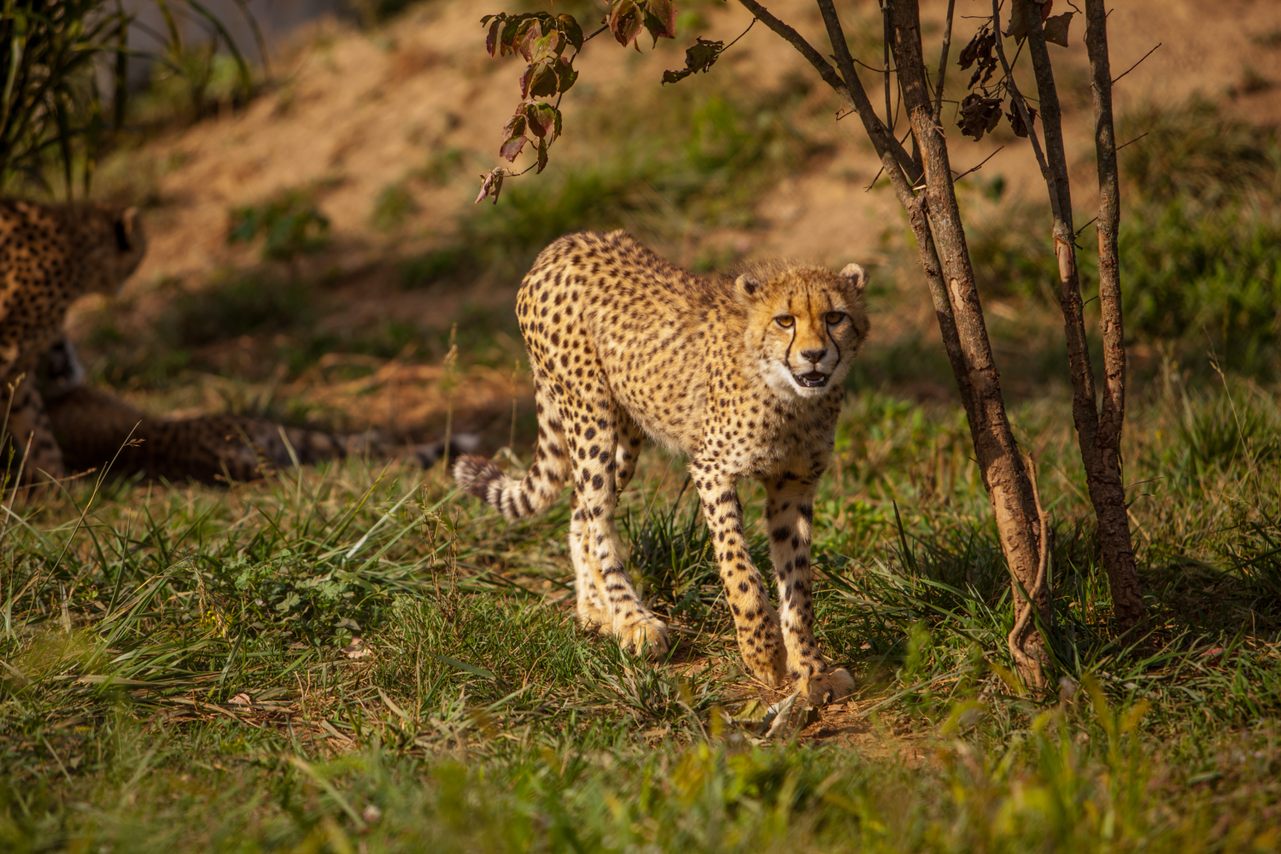
2. Smithsonian Conservation Biology Institute
In the early 20th century, the U.S. Army purchased 4,200 acres of farmland in Front Royal, Virginia, to use as a breeding and training facility for horses and mules. During World War II, when the need for horses and mules had fallen, the facilities were used for K-9 training, and also housed 600 German and Italian prisoners of war. After the war, the property was officially transferred to the U.S. Department of Agriculture and put to use for beef cattle research. Behind the scenes, part of the facility was set aside as the Department of State’s emergency relocation site in the event of a nuclear attack.
In 1974, the Smithsonian took over the property and transformed it into a scientific research station. Scientists at the Smithsonian Conservation Biology Institute (SCBI) study animals and environments, and the many risks they face around the world. Instead of horses and mules, breeding efforts are focused on endangered animals such as cheetahs, black-footed ferrets, red pandas, and more. (Read more.)
1500 Remount Rd, Front Royal, VA 22630

3. Torpedo Factory Art Center
One day after World War I officially ended, the U.S. Navy began construction on a new munitions factory. Over the next two decades, it would serve as one of the main sites for the manufacture, maintenance, and storage of torpedoes. After World War II, demand fell, and the plant shut down operations in 1946. In the 1950s and ‘60s, the complex was used as storage for everything from German war films to dinosaur bones.
The City of Alexandria bought the property in 1969 and demolished most of the former factory buildings. But the main building, which was designed to withstand a torpedo explosion, could not be torn down without damaging the surrounding neighborhood. In 1974, the Art League proposed turning it into art studios. Though it was supposed to be a three-year experiment, the program was so successful that the Torpedo Factory Art Center has stuck around, and turned into a large cultural center. Today, more than 165 artists work, exhibit, and sell their art in the former munitions plant. (Read more.)
105 N Union St, Alexandria, VA 22314
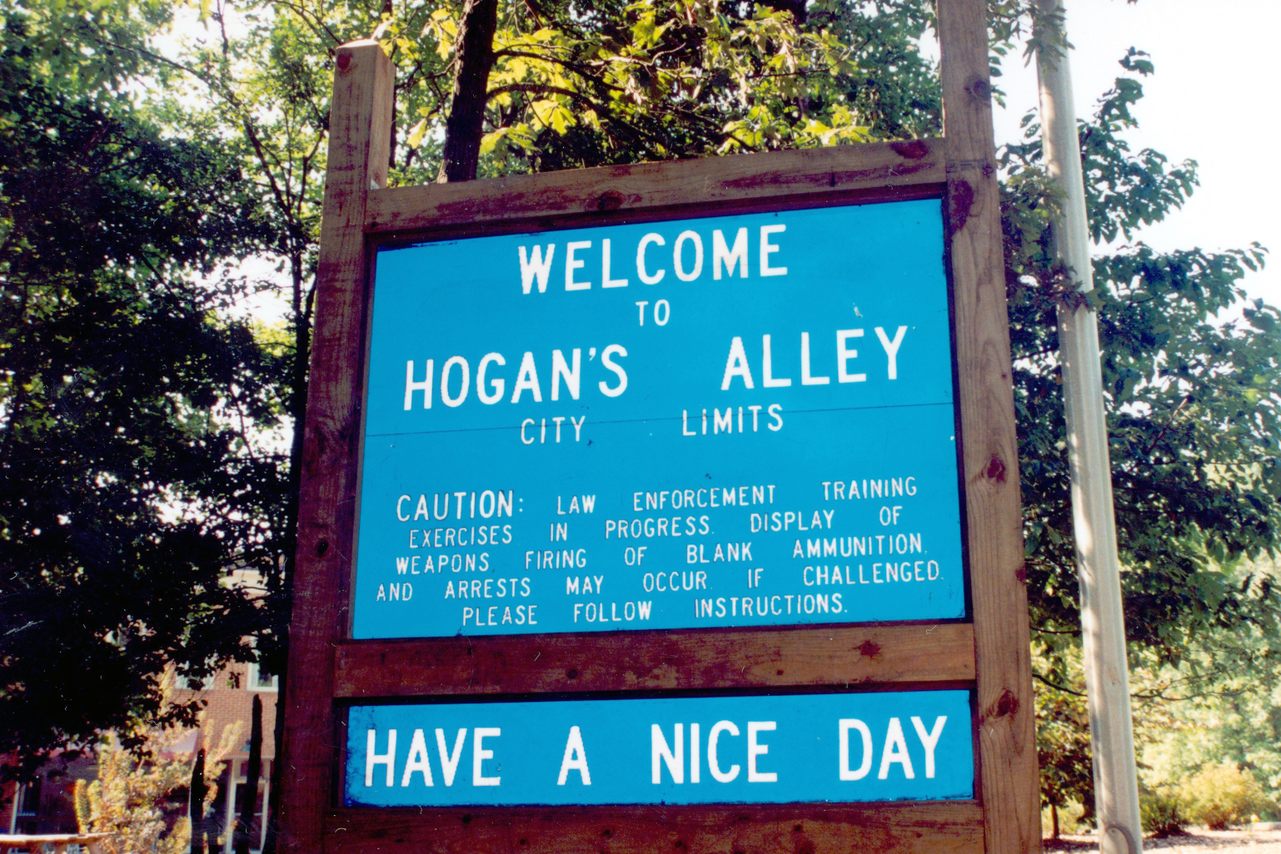
4. Hogan's Alley
The mailboxes in Hogan’s Alley are welded shut, and nobody in the post office can take a complaint. That’s because this small town is a total fake, built by the FBI in 1987 as a training ground for new agents. Designed and built with the help of set designers, Hogan’s Alley has all the features of a small town: There’s a bank, a laundromat, a barber, a movie theater, and homes, all on several acres of the FBI’s Training Academy. People move through the space constantly, and you can even get a bite to eat at the local deli. During training exercises, the FBI hires local actors to play bank robbers, store owners, bystanders, and other roles to provide an immersive training experience. (Read more.)
Stafford, VA 22556

5. Cementiscope
In Norfolk, a cement mixer has been sitting at the corner of Granby Street and Olney Road for five years. But it’s not the result of never-ending roadwork—it’s a piece of art. The black-and-white-striped concrete drum is Cementiscope, a sculpture created by the artist group Glassitorium for the city’s arts district. Inside the drum is a large kaleidoscope operated by a hand-turned crank. As the cylinder rotates, spinning views of geometric shapes are projected onto the sides. (Read more.)
100-126 E Olney Rd, Norfolk, VA 23510

6. Foamhenge
The origins of Stonehenge have been the source of debate for centuries. How did the iconic stones get to Wiltshire, England? What was their purpose? While archaeologists are still figuring out the answers to those questions, another circle of “stones” stands in northern Virginia, and we know exactly where it came from.
The fiberglass sculptor Mark Cline built Foamhenge, an exact replica of Stonehenge made from Styrofoam, as an April Fools’ Day joke in 2004. It took six weeks and about $10,000 to put together the landmark, which went on to become a popular roadside attraction in Natural Bridge, Virginia. In 2017, Foamhenge was moved to Cox Farms in Centreville. To make sure the placement of the foam stones was astronomically accurate, the farm owners waited until the summer solstice, then marked the positions on the ground as the sun rose. (Read more.)
15621 Braddock Rd, Centreville, VA 20120
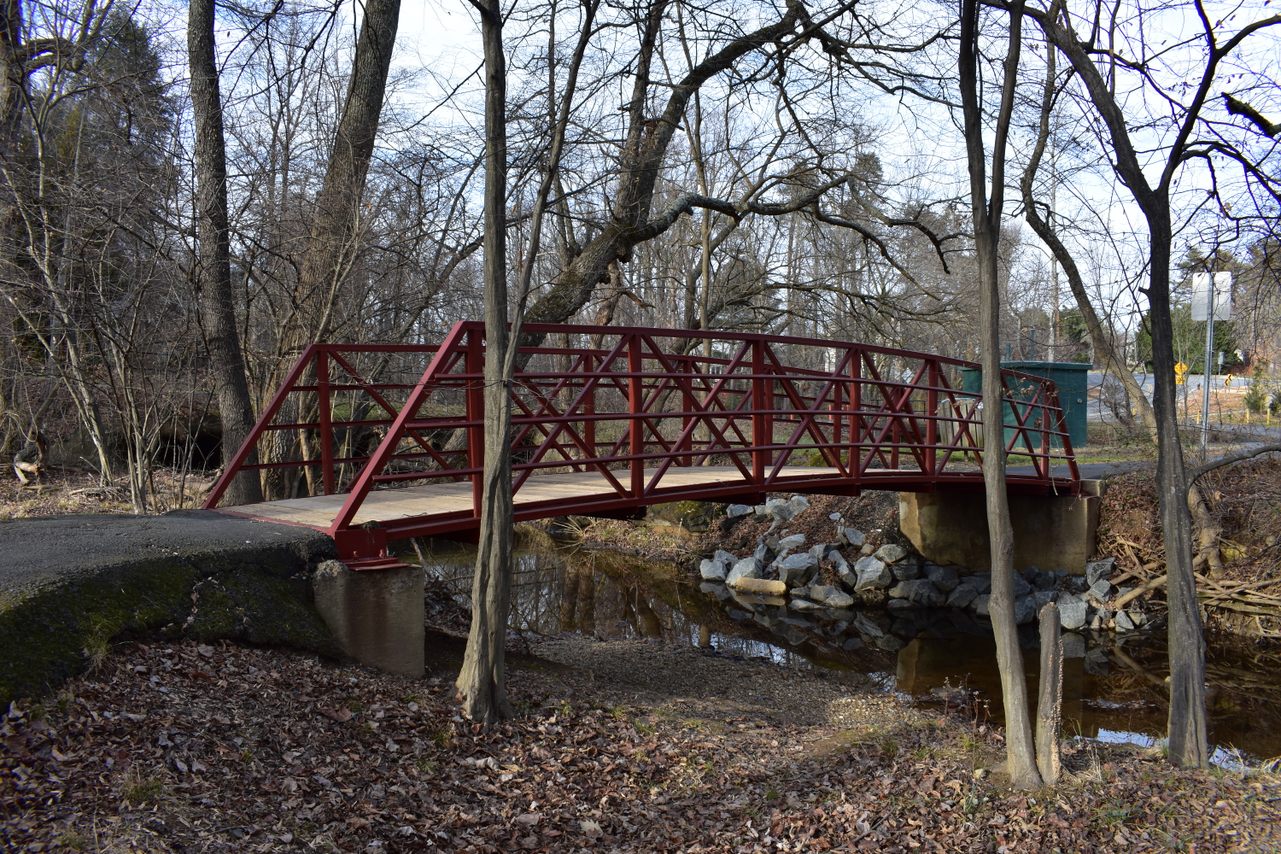
7. Foxstone Park Bridge
From 1979 until his arrest in 2001, FBI agent Robert Phillip Hanssen sold government information to Russia. Many of the exchanges took place in this unassuming park near his home in Vienna, Virginia. Hanssen's standard method was to “dead drop” documents or discs beneath a footbridge in Foxstone Park. When drop was ready for pickup, he would stick a piece of tape to the entrance sign of the park—a signal that was inconspicuous enough to avoid detection by anyone who wasn’t looking for it. Hanssen sold information in exchange for cash and diamonds, totaling over $1.4 million. After his arrest, the Department of Justice deemed Hanssen’s espionage and the length he went undetected as “possibly the worst intelligence disaster in U.S. history” at that point in time. (Read more.)
1910 Creek Crossing Rd NE, Vienna, VA 22180

8. University of Virginia's Secret Society Seals
Many a visitor to Charlottesville has marveled at the Rotunda, designed by Thomas Jefferson and modeled after the Pantheon in Rome, with a statue of the Founding Father rising tall at the center. But if you look down, some curious details will catch your eye. At the base of the statue, a white number “7” is inexplicably painted on the ground. Below it, a giant white “Z” is prominently splashed across the Rotunda steps, and next to it, the letters “IMP.”
They are all symbols of secret societies, which have been a tradition since the university's founding. Once you start looking, you might notice their signs painted on walls, steps, and walkways all over the grounds. The Seven Society logo is the numeral 7 surrounded by the alpha (A), omega (Ω), and infinity (∞) signs. The Z Society is another group, dating back to 1892. The IMP Society is reputed to be mischievous, and known for painting their initials prominently throughout the grounds. (Read more.)
1826 University Ave, Charlottesville, VA 22904
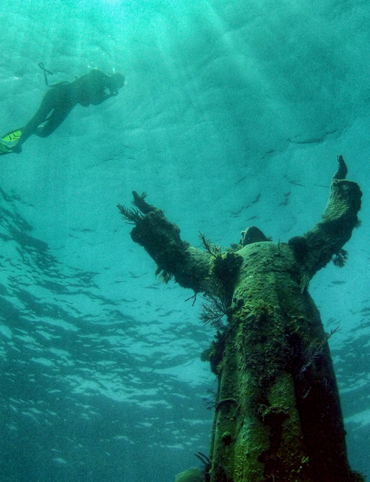
4 Underwater Wonders of Florida
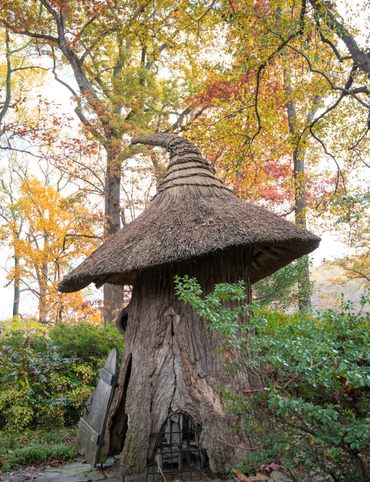
6 Spots Where the World Comes to Delaware
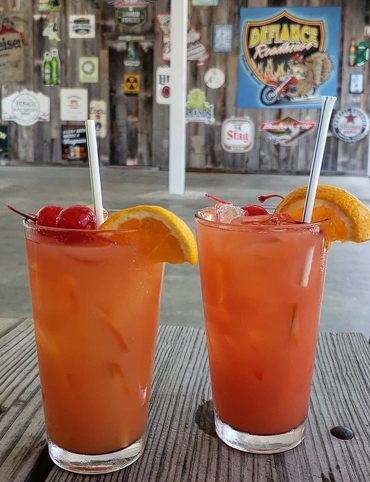
6 Wondrous Places to Get Tipsy in Missouri

4 Pop-Culture Marvels in Iowa

7 Stone Spectacles in Georgia

6 Stone-Cold Stunners in Idaho
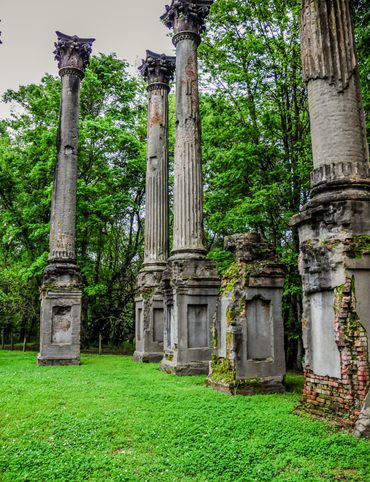
8 Historic Spots to Stop Along Mississippi's Most Famous River
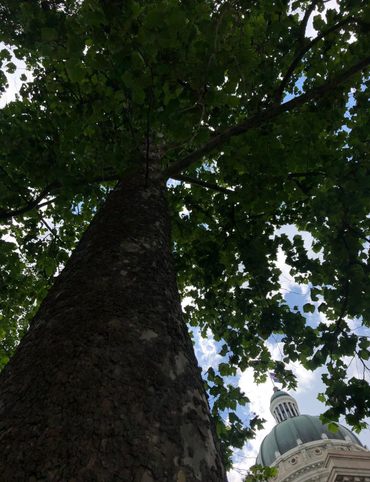
5 Incredible Trees You Can Find Only in Indiana
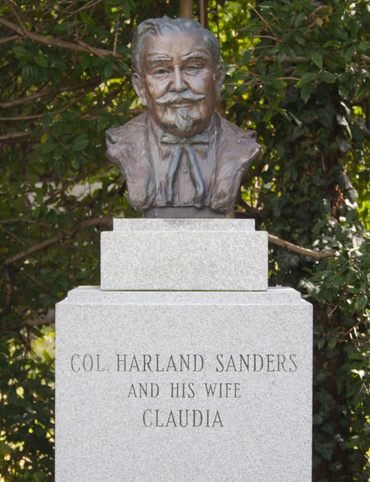
5 Famous and Delightfully Obscure Folks Buried in Kentucky

4 Wacky Wooden Buildings in Wyoming
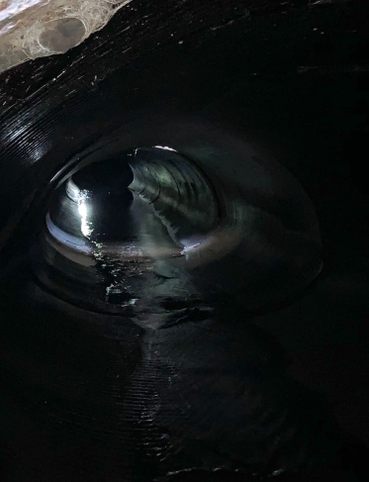
7 Spots to Explore New Jersey’s Horrors, Hauntings, and Hoaxes
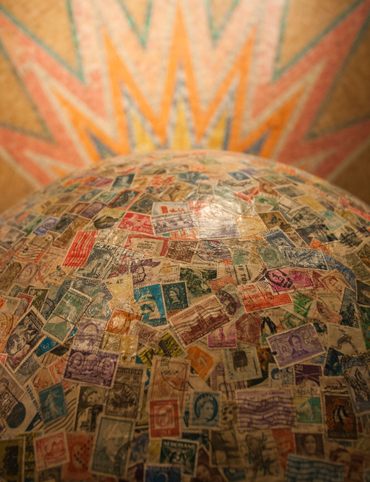
4 Out-There Exhibits Found Only in Nebraska

6 Sweet and Savory Snacks Concocted in Utah
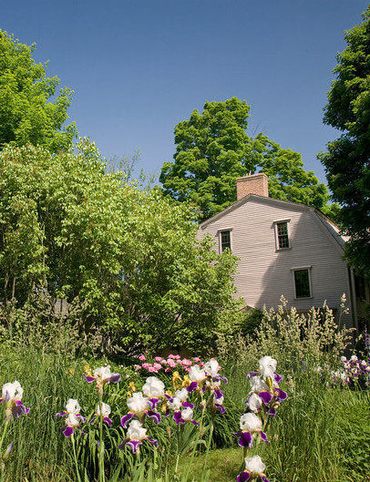
12 Places in Massachusetts Where Literature Comes to Life
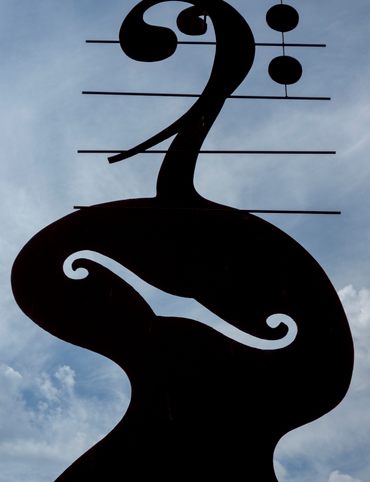
8 Places to Get Musical in Minnesota
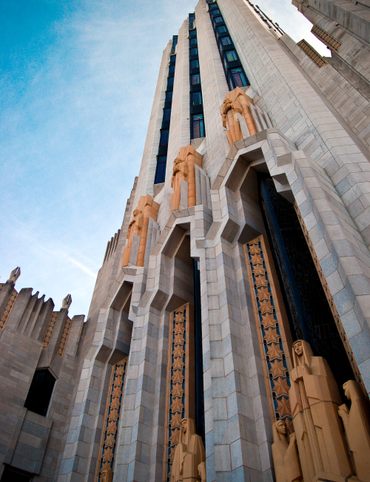
8 Buildings That Prove Oklahoma's an Eclectic Art Paradise
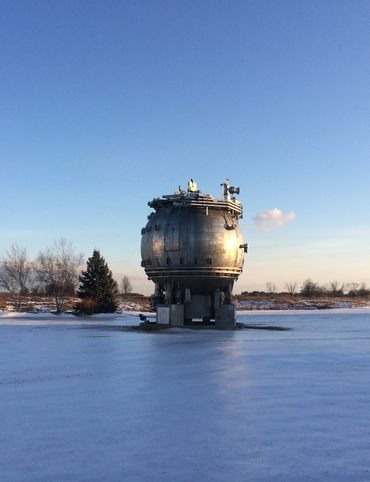
9 Stunning Scientific Sites in Illinois
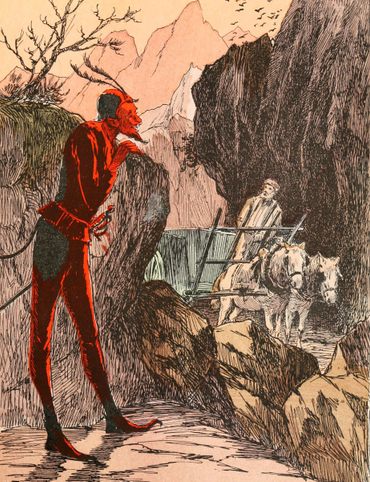
5 Strange and Satanic Spots in New Hampshire
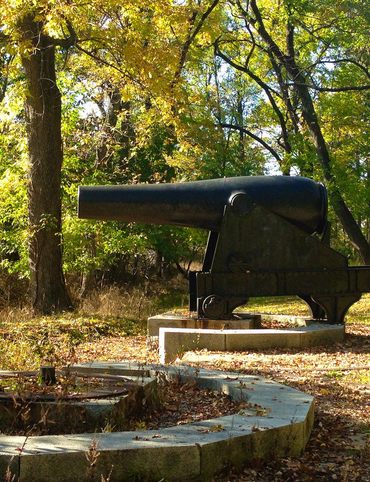
8 Historic Military Relics in Maryland
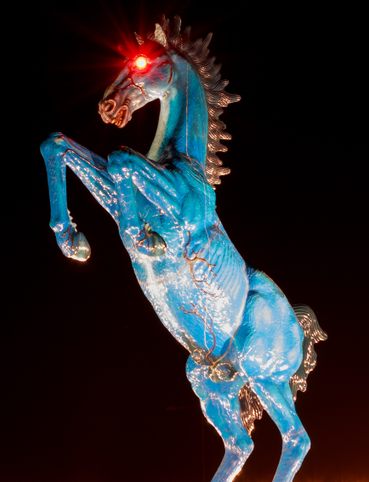
5 of Colorado's Least-Natural Wonders
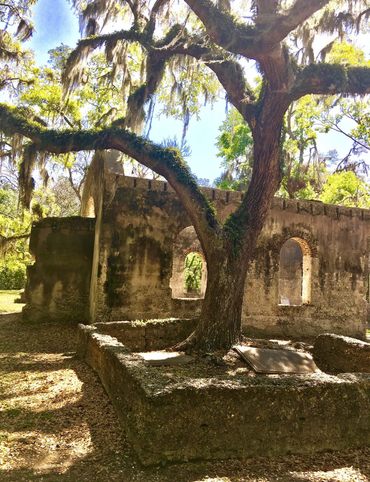
6 Hallowed Grounds in South Carolina
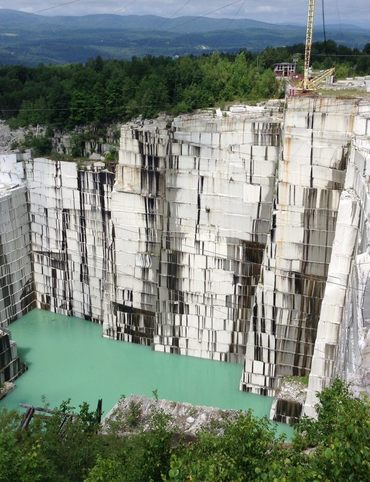
9 Rocking Places in Vermont

Black Apples and 6 Other Southern Specialties Thriving in Arkansas
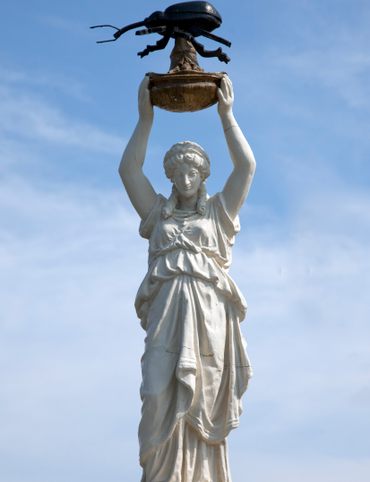
4 Monuments to Alabama’s Beloved Animals
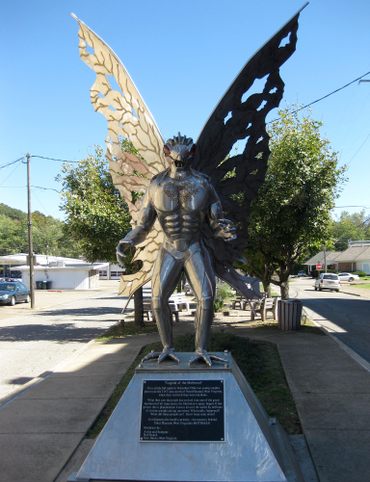
The Dark History of West Virginia in 9 Sites
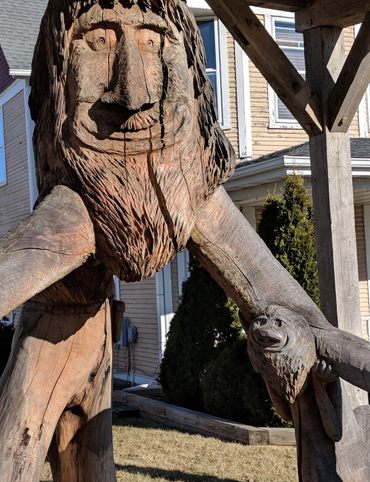
11 Zany Collections That Prove Wisconsin's Quirkiness
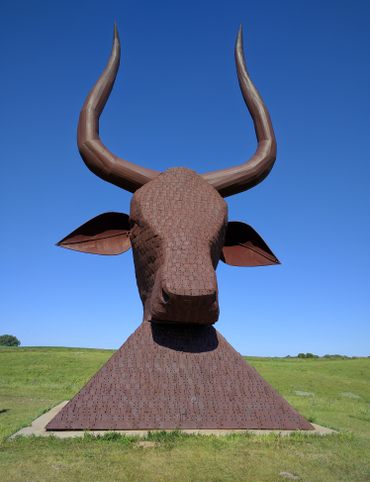
7 Inexplicably Huge Animals in South Dakota
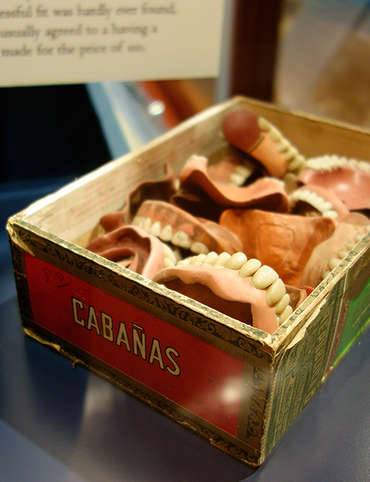
6 Fascinating Medical Marvels in Pennsylvania
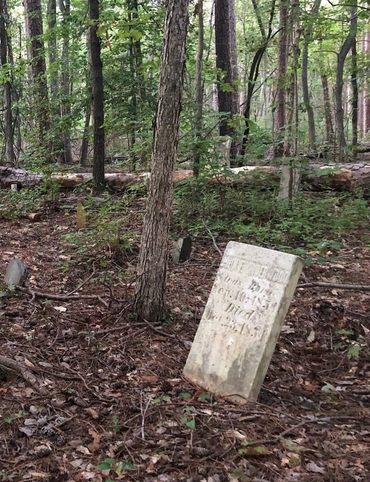
7 Cool, Creepy, and Unusual Graves Found in North Carolina
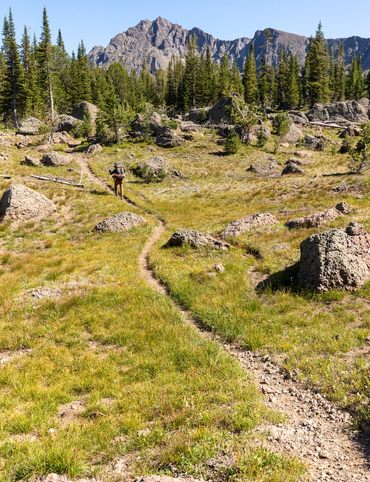
7 of Montana's Spellbinding Stone Structures
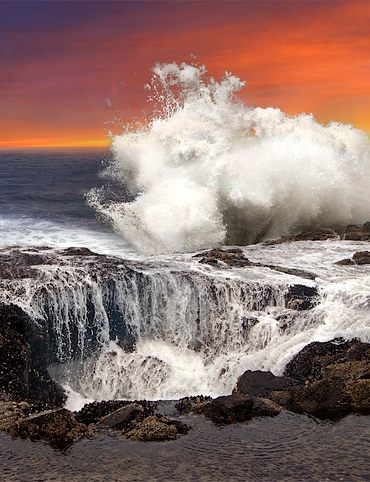
9 of Oregon’s Most Fascinating Holes and Hollows
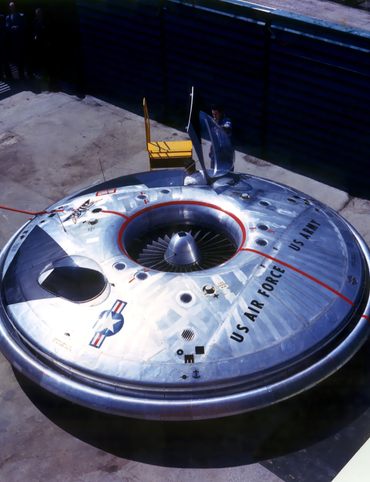
Take to the Skies With These 9 Gravity-Defying Sites in Ohio
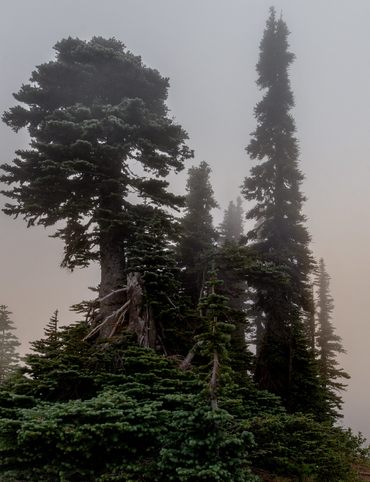
9 Strange and Surreal Spots in Washington State
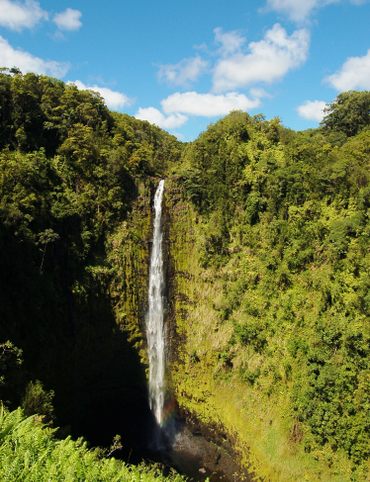
8 Watery Wonders in Hawaiʻi, Without Setting Foot in the Ocean
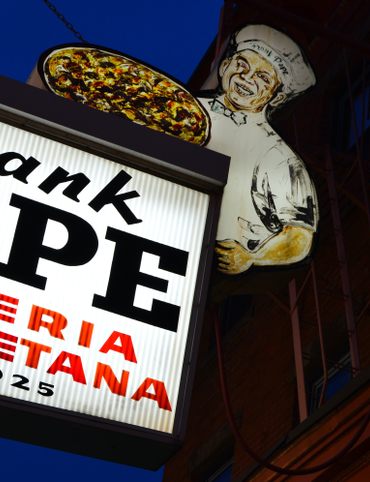
6 Unusual Eats Curiously Cooked Up in Connecticut
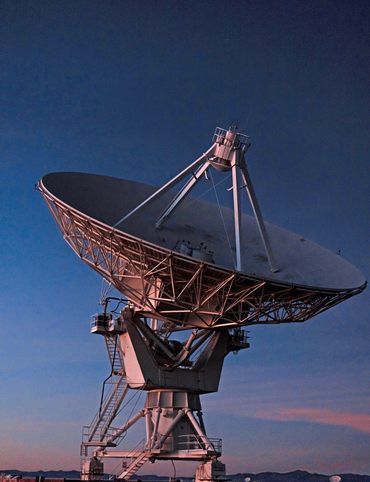
11 Close Encounters With Aliens and Explosions in New Mexico
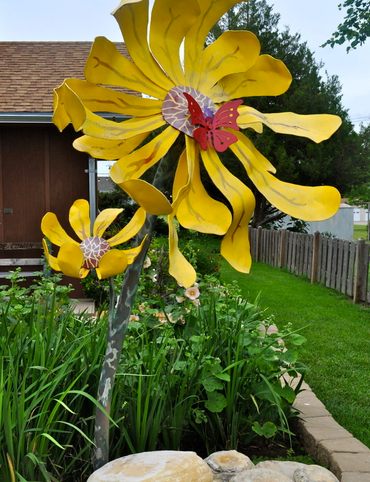
10 Places to Trip Way Out in Kansas
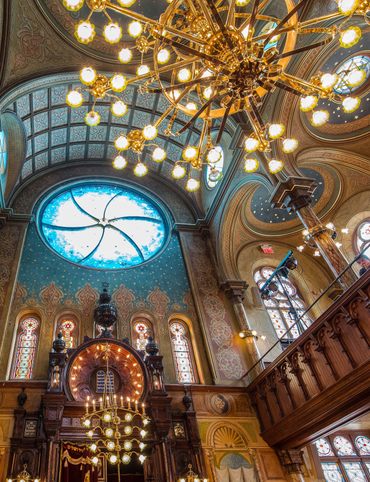
The Resilience of New York in 10 Remarkable Sites

7 Very Tall Things in Very Flat North Dakota
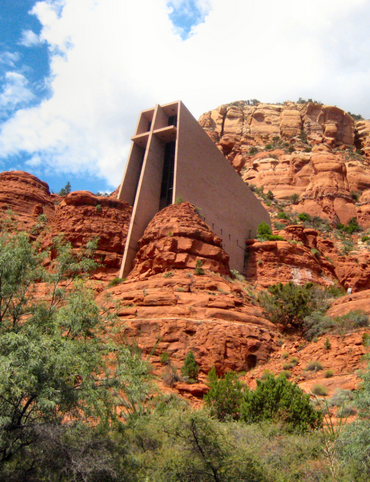
8 Blissfully Shady Spots to Escape the Arizona Sun

9 Surprisingly Ancient Marvels in Modern California
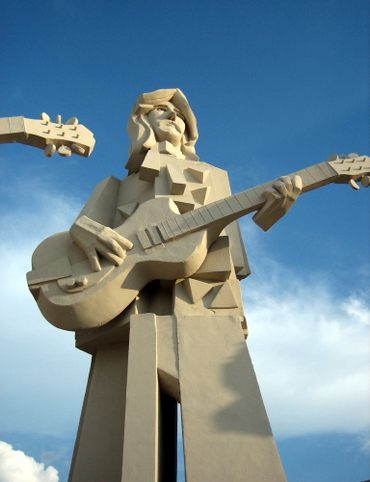
10 Art Installations That Prove Everything's Bigger in Texas
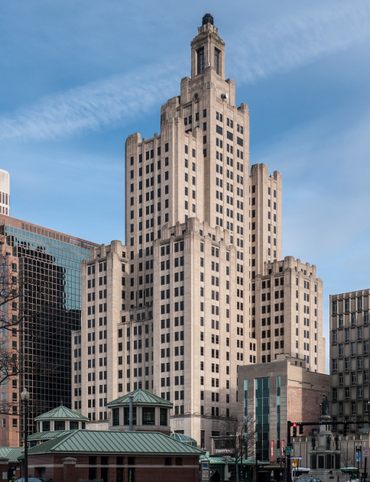
6 Huge Things in Tiny Rhode Island
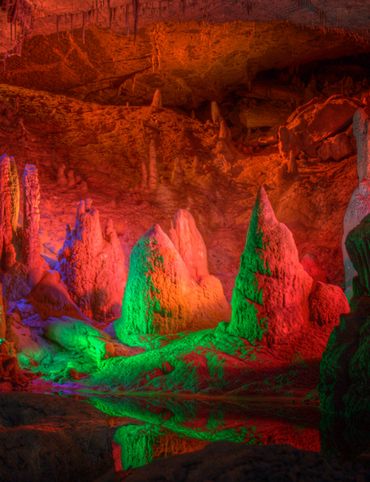
7 Underground Thrills Only Found in Tennessee

Sink Into 7 of Louisiana's Swampiest Secrets

7 Mechanical Marvels in Michigan

11 Wholesome Spots in Nevada
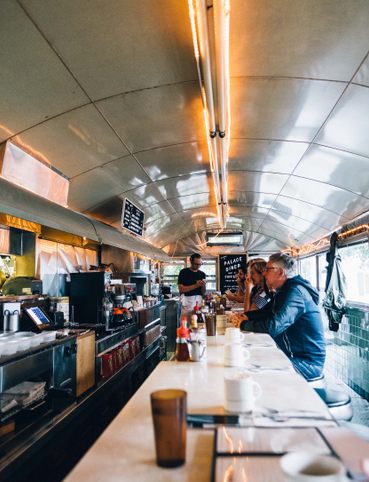
7 Places to Glimpse Maine's Rich Railroad History
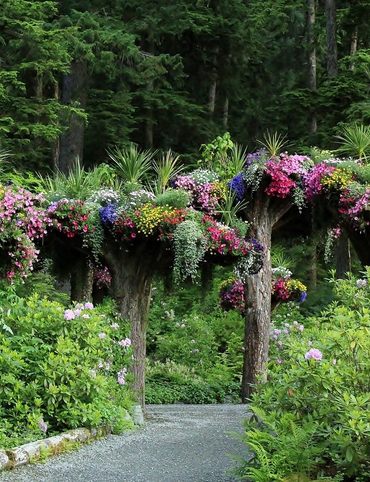
11 Places Where Alaska Bursts Into Color
